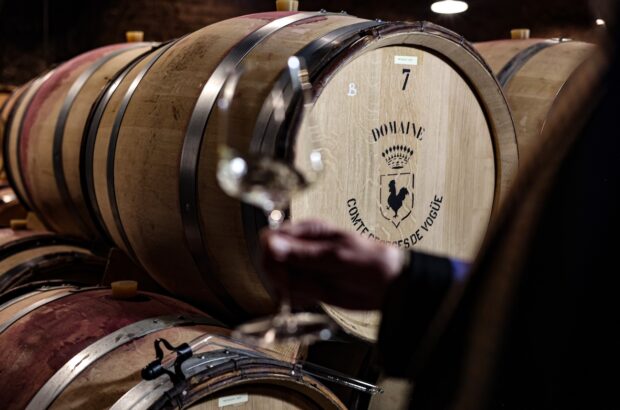See both sides of the debate as to whether wine sub-zones can be too small to hold any real meaning to the consumer, as featured as the 'burning question' in the Decanter May 2014 issue...
How intricate can the terroir message get before relations with wine lovers turn sour? There is no hard and fast formula for the size of a wine region or the layers of sub-denominations woven into it, as Decanter columnist Andrew Jefford has noted in his weekly musings for Decanter.com.
And yet, it is a question occupying more and more minds across the wine world, as producers from Marlborough to California via Chile seek to better understand climactic conditions and the soil beneath their feet.
It has become rarer to hear France chided for the dazzling nature of its appellation system, contrasting starkly with the early 21st century’s obsession with varietal-led marketing. In France itself, a recent ruling by the Conseil d’Etat upheld the Loire’s first grand cru, Quarts de Chaume, and some producers hope it will lead to a Burgundian-like network of regional crus in the future.
In Italy, the focus of this issue of Decanter, a small but growing minority of Brunello di Montalcino producers plan to propose that Montalcino’s governing consorzio demarcates the Tuscan region’s sub-zones. A similar campaign is afoot nearby in Chianti.
Proponents argue that zoning would highlight subtle stylistic differences in the wines and could define 20 micro-terroirs within Montalcino, while also leading to better maps for tourists. But critics say estates blend grapes from a range of zones, and so efforts to map them are largely pointless.
Further north, the long-running war of words over Barolo’s Cannubi vineyard in Piedmont continues. Last autumn, Rome’s high administrative court, the Consiglio di Stato, ruled to once again relax regulations to allow producers on 34ha of vineyards to call their wines simply Barolo Cannubi – a decision that some feel is so simplistic as to be misleading.
But, how much weight should be given to zoning? Can sub-zones ever be too intricate to hold real meaning?
Yes
Ezio Rivella, who spent 24 years as winemaker at Banfi, warned that zoning can’t always give the complete picture. ‘Significant numbers of Montalcino producers blend wines from Brunello grapes grown in different sub-zones. Why? Because this produces more complete Brunello than that from a single zone. Even within a single geographical sub-zone, Brunellos grown at differing altitudes taste very different.’
In Piedmont, Marchesi di Barolo co-owner Anna Abbona said the recent ruling to maintain a larger general Cannubi area was a victory for common sense: ‘It affirms our family history in producing wine from this historic vineyard site.’
Richard Halstead, co-founder of UK research group Wine Intelligence, said producers should also guard against regional politics. Young wine consumers in particular dislike ‘obscurity for its own sake’, he said.
Some believe decisions should depend on the existing reputation of the region as a whole. For example, in 2005, the 6,000-hectare Niagara Peninsula in Canada’s Ontario province was divided into 10 sub-appellations. ‘They’ve made the sub-appellations too small, too soon,’ said producer Charlie Pillitteri. ‘We’ve been too French [following the AC system] due to Canada’s cultural roots.’
No
Burgundy is arguably the finest example of terroir demarcation, and its climats have been proposed for the Unesco World Heritage list. ‘The consumer of fine wines wants this diversity’ said Aubert de Villaine, co-proprietor of Domaine de la Romanée-Conti. ‘And if Burgundy today is one of the regions that has the best reputation for excellence, then it is because we obey this diversity. It is an idea at the very heart of Burgundy.’
He added that Burgundy has ‘won the battle’ against naysayers in France who argued the region had too many appellations. ‘It’s extremely interesting to see a succession of wine regions, like Alsace, Montalcino, Central Otago or California, looking at this potential of terroir.’
Regarding the proposal in Montalcino, Roberto Terzuoli, who trained at Biondi-Santi before founding his 4.6ha SassodiSole winery, said, ‘Clients tell us Montalcino’s micro-terroirs are as fascinating to them as grand cru Burgundy’.
Others agree that not declaring significant sub-zones is unfair to consumers. Berry Bros & Rudd’s Piedmont-based buyer, David Berry Green, said, ‘The [recent] Cannubi decision will only create more confusion, as those buying Barolo Cannubi will not know whether they’re getting the genuine article.’
Written by Decanter







